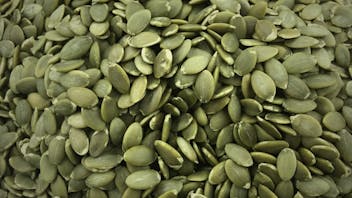Product Overview
Our Hyssop Decumbens has an aroma that is powerful, fresh, cool woody, lavender- and eucalyptus-like and moderately sharp with a spicy, warm undertone. This particular variety, Hyssopus officinalis var. decumbens, is an aromatherapy specialty oil containing a large percentage of the very mild linalool and linalool oxides. It is important to note that the more readily available common Hyssop (Hyssop officinalis L.) essential oil may contain up to 80% of the ketone pinocamphone.[1, 2] This ketone is problematic for its reported toxicity (among other safety issues)[3], therefore Hyssop Decumbens provides a safer and more versatile option.
Hyssop is a perennial herbaceous plant of the Labiatae family native to Southern Europe, the Middle East, and the region surrounding the Caspian Sea. Along with her sister plants – Lavender, Rosemary, Savory and Thyme – Hyssop thrives on the poor, rocky soil and full sun so plentiful in this region.
Hyssop is known for its many traditional uses going back at least 2000 years; Dioscorides, Galen and Hippocrates all praised its cleansing and clarifying effects.[4] The comforting and clarifying aroma of Hyssop Decumbens is suitable for use in the bath, diffusers, massage blends, cleansers, chest rubs and skincare preparations. In natural perfumery, it lends rich body and a warm, spicy, herbaceous note with personality.[5]
1 Tisserand, Robert and Rodney Young. Essential Oil Safety, 2nd ed., 2014, p. 308.
2 Rhind, Jennifer Peace. Essential Oils – A Handbook for Aromatherapy Practice, 2nd ed., 2012, p. 161.
3 Tisserand, Robert and Rodney Young. Essential Oil Safety, 2nd ed., 2014, p. 308.
4 Fischer-Rizzi, Susanne. Complete Aromatherapy Handbook – Essential Oils for Radiant Health, 1990, p. 98.
5 Battaglia, Salvatore. The Complete Guide to Aromatherapy, 3rd ed., 2018, p. 343.



